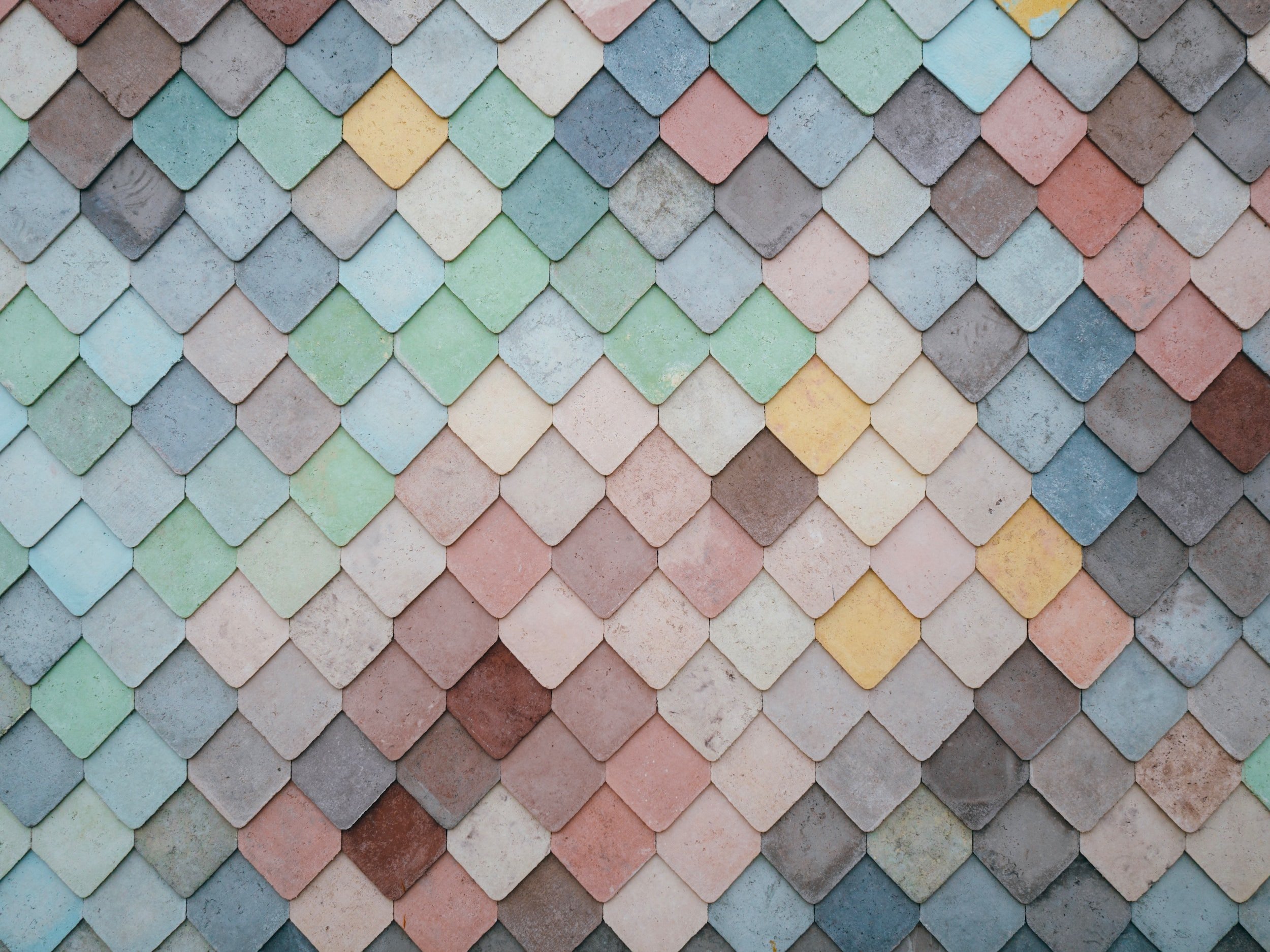From Inspiration to Reality: A Step-by-Step Guide to Making a Mood Board for Interior Design
The process of designing a room can be overwhelming, with so many different elements to consider. That's where a mood board can come in handy. A mood board is a visual representation of the look and feel that you want to achieve in a room. It can help you focus your ideas and make decisions about color, texture, and style. In this article, we'll walk you through the process of making a mood board for interior design.
Step 1: Gather Inspiration
The first step in making a mood board is to gather inspiration. You can do this by looking at design magazines, browsing Pinterest, or visiting home decor websites. Look for images that inspires you and that represents the look and feel that you want to achieve in your space. Save these images to a folder or board in order to easily access them later.
Step 2: Choose a Color Scheme
Once you have a collection of images, it's time to start thinking about a color scheme. Look for colors that appear frequently in the images that you've gathered. You might choose to go with a monochromatic color scheme, where you use different shades of the same color, or a complementary color scheme, where you use colors that are opposite each other on the color wheel.
Step 3: Collect Materials
With your color scheme in mind, it's time to start collecting materials for your mood board. This can include paint chips, fabric swatches, wallpaper samples, and images of furniture and decor. Look for materials that match your color scheme and that represent the look and feel that you're going for.
Step 4: Arrange the Materials
Once you have all of your materials, it's time to start arranging them on your mood board. You can use a physical board, like a foam board or a bulletin board, or you can create a digital mood board using software like Canva or Photoshop. Arrange the materials in a way that is visually pleasing to you. You might choose to group materials by color, texture, or theme.
Step 5: Refine and Edit
After you've arranged all of your materials, take a step back and look at the mood board as a whole. Are there any materials that don't fit with the overall look and feel that you're going for? Do you need to add more materials to balance out the color scheme? Make any necessary changes to the mood board until you're happy with the overall look and feel.
A mood board is a powerful tool that can help you focus your ideas and create a cohesive design for your room. By following these steps, you can create a mood board that represents the look and feel that you want to achieve in your space.

